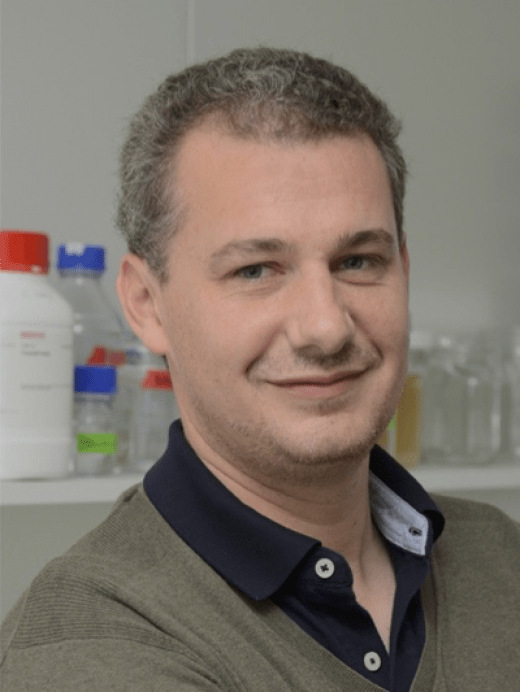
Dr Camille Lobry
Dr Camille LOBRY, Inserm Research Director at the Saint Louis Research Institute (Inserm U944-CNRS UMR7212) and head of the Genetic and epigenetic control of normal and malignant hematopoiesis team, will present a seminar entitled:
Super-Enhancers in Acute Myeloid Leukemia pathogenesis.
Abstract:
Acute myeloid leukemia (AML) is a type of cancer that affects the blood and bone marrow. It is characterized by the overproduction of immature white blood cells, called myeloblasts, which can crowd out healthy blood cells and lead to a variety of symptoms, including fatigue, infection, and bleeding. AML is the most common acute leukemia diagnosed in adult and has a high relapse rate with a dismal overall 5-year survival of 24%. AML is a complex disease that is driven by a variety of genetic and epigenetic changes but its exact causes are still not fully understood.
Enhancers are non-coding regions of DNA that play a crucial role in regulating gene expression. They act as binding sites for transcription factors to promote gene transcription. Super-enhancers are clusters of enhancers that are characterized by a high density of transcription factor binding sites. They have been characterized as a particular class of enhancers controlling cell type specific gene expression programs and tend to be enriched around and control oncogenes. In leukemia, enhancers have been shown to be key players in the development and progression of the disease. Identification of the direct functional and physical relationship between Super-Enhancers and their target oncogenes could help decipher complex coordinated gene expression programs that lead to leukemogenesis. Study of the dynamic interplay between enhancers, and gene expression program could unravel novel collaborative oncogenic mechanisms and help design more effective combinatorial therapies.
In a recent study we hypothesized that important regulatory regions such as Super-Enhancers could control simultaneously expression of genes cooperating in functional modules to promote leukemia development. To identify key Super-Enhancers that are involved in AML cell growth and survival, we used a screening methodology called CRISPRi, which relies on the use of a deactivated Cas9 protein fused to a KRAB domain to target and inactivate Super-Enhancers. We deployed this strategy in the ETO2-GLIS2 fusion driven model of acute megakaryoblastic leukemia (AMKL), an aggressive pediatric myeloid leukemia with poor prognosis, which mainly relies on the ETO2-GLIS2 as the transforming lesion. Among the top hits of our screen, we identified a novel Super-Enhancer, located 5’ to the KIT gene on chromosome 4. We found that it directly interacts and regulates the expression of KIT and PDGFRA genes, which are both required for leukemia progression in vitro and in vivo. These results suggest that Super-Enhancers could control simultaneously the expression of genes cooperating in functional modules to promote leukemia development.
Our findings provide new insights into the molecular mechanisms underlying AML pathogenesis and highlight the importance of understanding the role of enhancers and Super-Enhancers in the development and progression of leukemias. We believe that systematic screening of essential Super-Enhancers can reveal coordinated regulation of genes involved in cancer cell transformation and cancer progression and could help to uncover novel therapeutic approaches.








